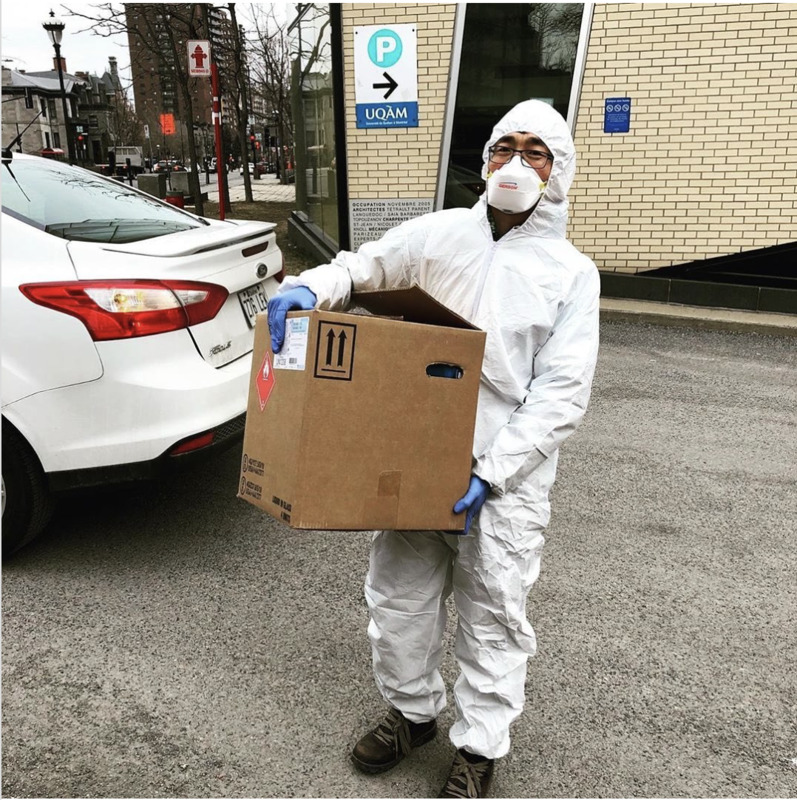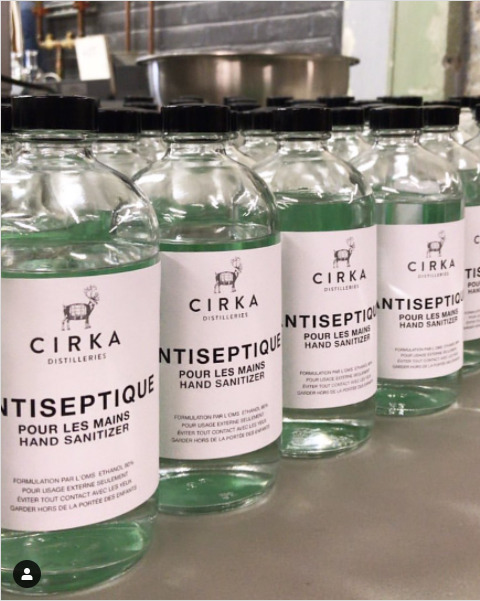All Demand, No Supply: PPE in Canada
Rationing
While COVID-19 spread rapidly, hospitals needed to outfit all staff in PPE, including masks, face shields, isolation gowns, and sanitization products. This was far more PPE than was usually required outside of surgery and the need for PPE quickly outpaced the supplies on hand. Some hospitals were forced to ration PPE.
Rationing and reuse of PPE caused a lot of anxiety among healthcare workers. Though guidelines advocated the highest safety standards possible, it was difficult to maintain them under rationing. Adding to the stress and confusion were the different provincial safety standards seen below.
Creation
To deal with sudden shortages, companies and people from all over Canada began to manufacture PPE and hand sanitizer using their existing equipment. This rapid response helped fill the gap between the supply of PPE and the demand.

After being approached by the RCMP for help, Yukon Brewing delivered twenty litres of hand sanitizer to local cities.
Many Canadian distilleries started to make hand sanitizer using the alcohol and bottles they already had on hand. Although the hand sanitizer often came in wine bottles and smelled awful, it protected Canadians.
Inksmith, an Ontario company that previously made education tools, quickly changed gears to manufacture face shields. The company relaunched as The Canadian Shield in response to the global shortages and began creating PPE for Canadian hospitals.
Few of the public knew the term PPE before March 2020. It entered the common vocabulary as safety precautions dominated Canadian lives.





